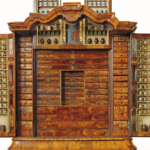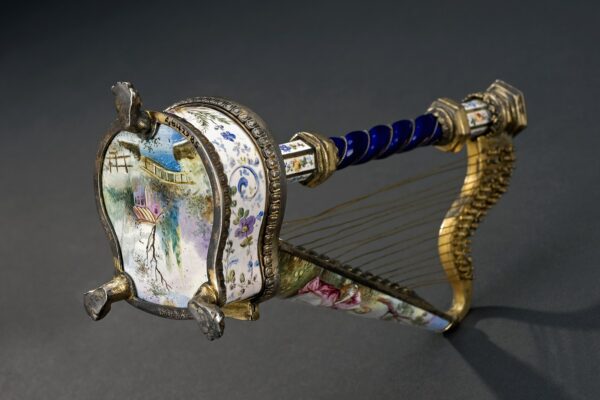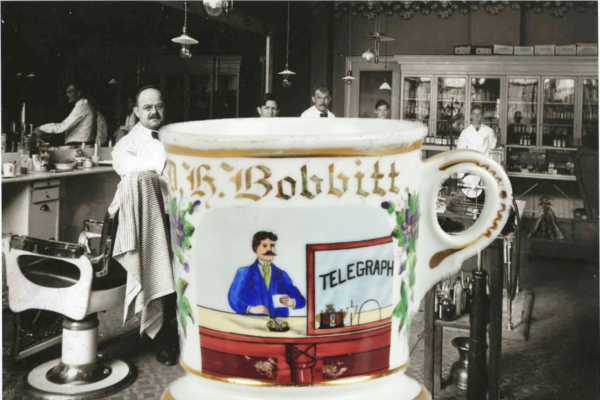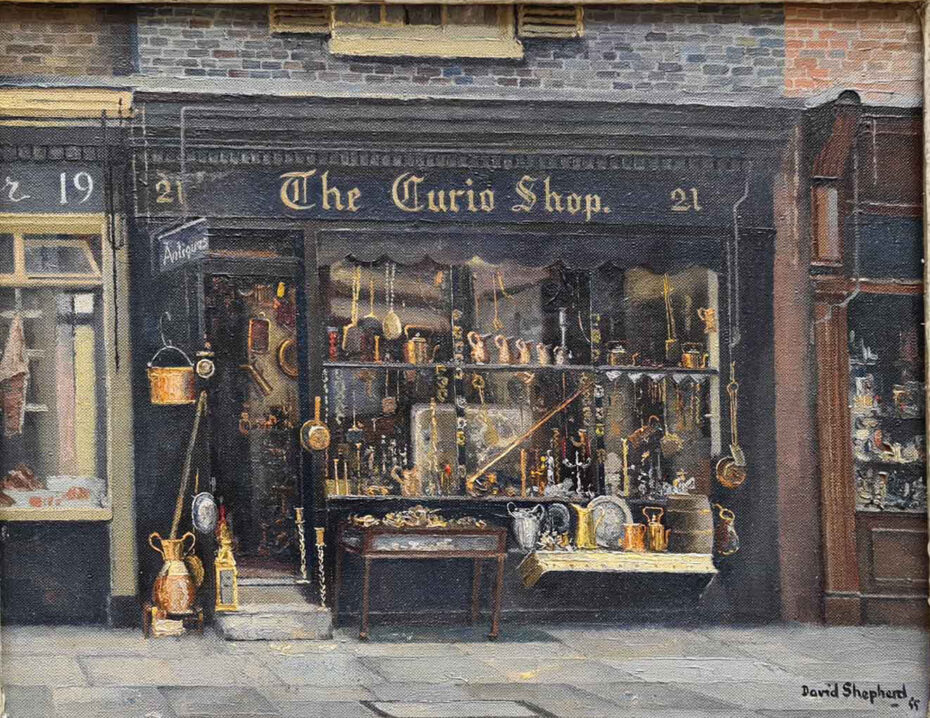
It’s not quite a junk shop, but it’s too informal to count as an antique store. While there may be books, it’s not a book store either, and calling it a thrift store feels wrong. There’s little to definitively categorise or unify its oddities. Much easier to pinpoint is the origin of the phrase “curiosity shop”, a term first popularised by Charles Dickens, in his novel The Old Curiosity Shop, home to a Ms. Nell Trent and her grandfather, at least until their fortunes take a turn for the worse. Curiosity shops invite us to step out of the ordinary and into a world where the strange is celebrated. Let’s take stock of these delightful dens of disorder…
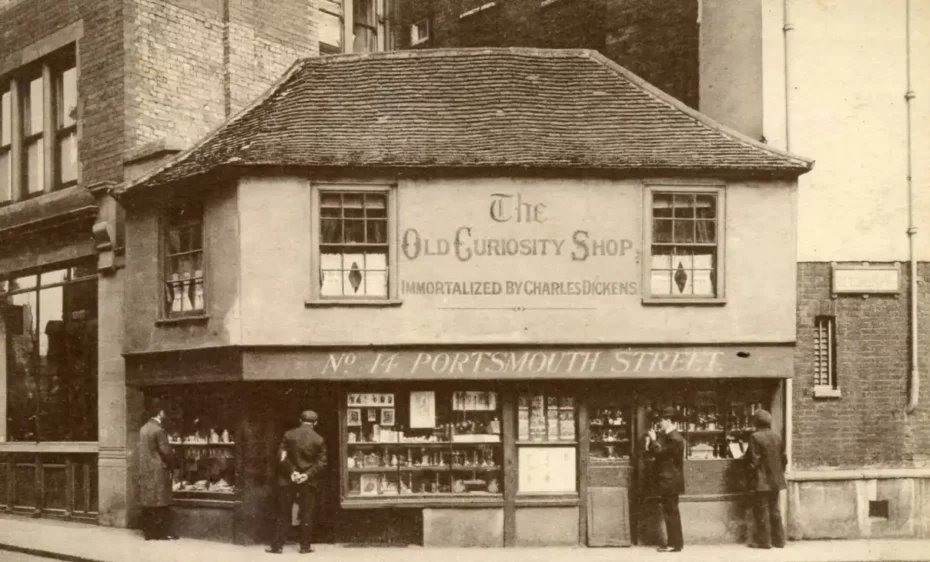
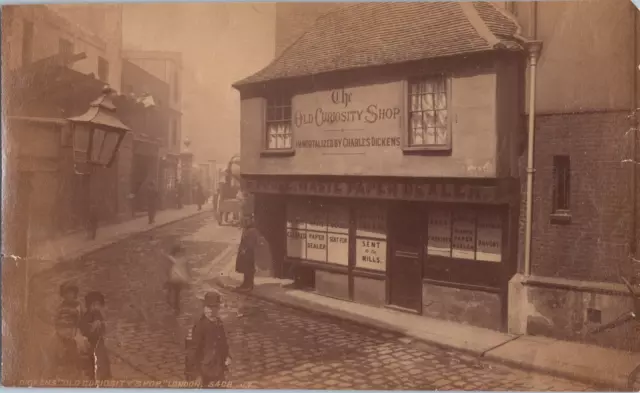
Tucked away behind the banks of the Thames river in London today, you’ll find a curiously out-of-place cottage, dwarfed by the modern surrounding buildings. Across its uneven, overhanging upper story is painted “The Old Curiosity Shop – Immortalised by Charles Dickens”, leading one to deduce that this relic of old London inspired his 1840 novel. But whilst the shop itself dates back to the 16th century and is thought to be one of the oldest in London, it was actually thirty years after the popular tale of little Nell Trent that the owner, an enterprising bookseller and binder called Tesseyman, decided to rename his business ‘The Old Curiosity Shop’ in a bid to draw in customers.
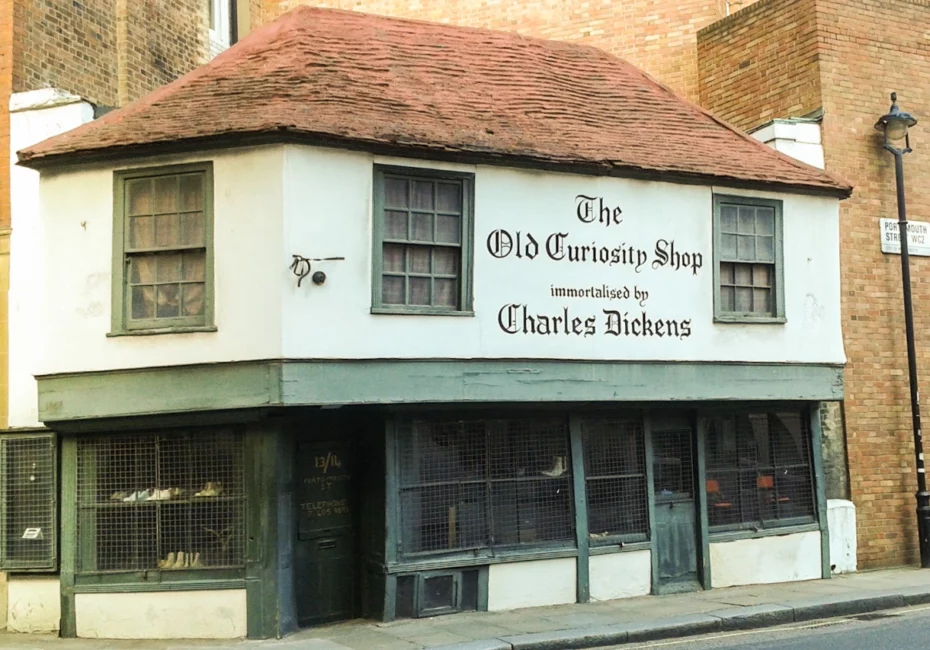
It survived the Great Fire of London, and today it has been restored by the London School of Economics which rents out the ground floor to one of the luckiest shopkeepers in London.
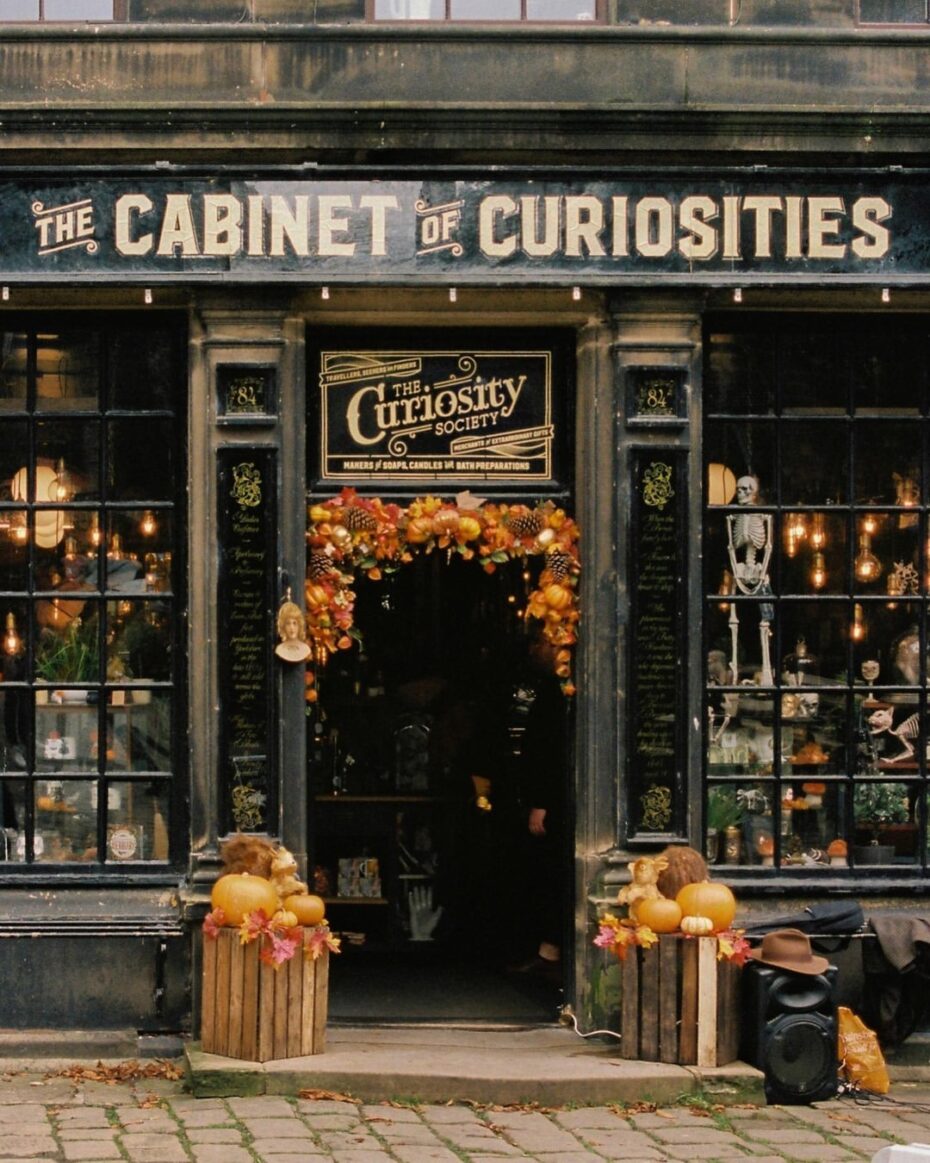
If you’re a Stephen King fan, you’ll recall the curiosity shop in Needful Things which is in fact run by (spoiler alert) the devil himself. In Erin Morgenstern’s The Night Circus, an important character finds a pack of tarot cards, with morally ambiguous consequences, at a curiosity shop in Marseilles. Perhaps most unusually, the antique-slash-curiosity shop in Hannah Rothschild’s The Improbability of Love is described from the perspective of one of the objects for sale there, a rare painting which has slipped into obscurity and doesn’t care for shop life one bit.
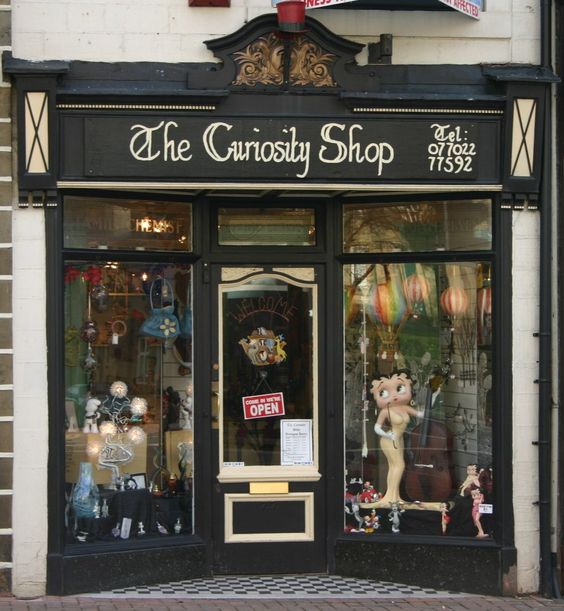
Why the ambiguity? Why the association, either explicit or merely hinted at, with magic? It certainly wasn’t what Dickens was trying to evoke – his curiosity shop is far from magical, and its owners are hard done by, and certainly make some ill-advised choices, but never out of malice. Well before Charles Dickens ever put pen to paper and described a curiosity shop however, there were of course, “cabinets of curiosities.” The story begins in Renaissance Europe. Imagine being a noble with too much time and money, wondering what to do with all those exotic knick-knacks brought back by explorers. In 17th century Holland, a rich Dutch designer and textiles merchant formed one of the greatest Wunderkammer (Cabinet of Curiosities) the world had ever seen, and likely ever will see again.
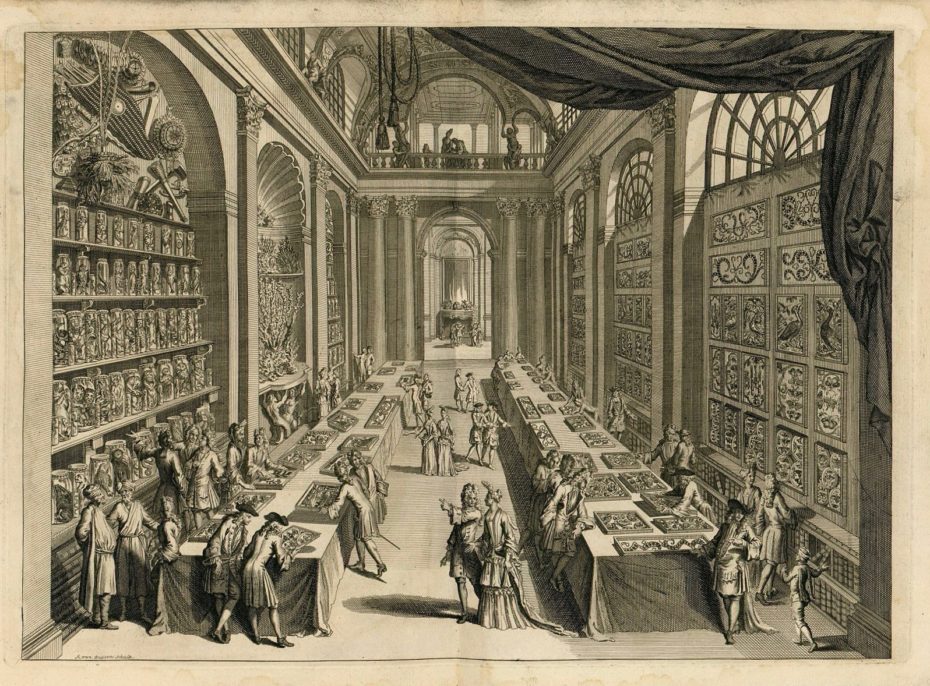
It contained 600 phials of animal cadavers in spirits, 288 boxes of exotic insects, 32 drawers of shells and crustaceans, 14 drawers of minerals and fossils, and a cabinet of corals and sponges, as well as its own supporting library. Levinus Vincent and his wife, Joanna van Breda were at the forefront of a niche new movement to display nature’s curiosities as if it were its own art form; ordering their collectables into intricate and harmonious designs that looked like magnificent pieces of embroidery.
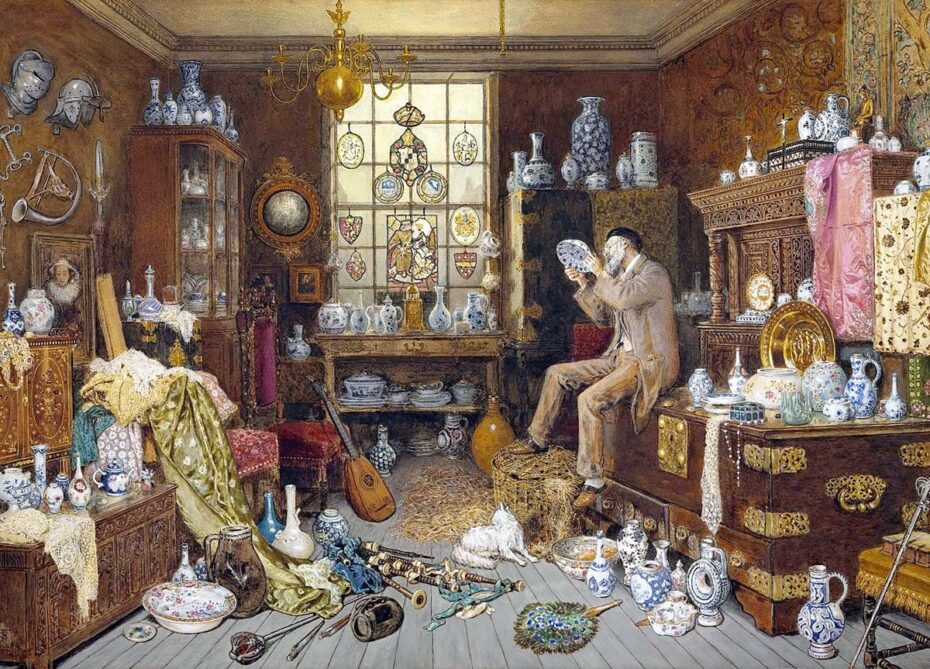
Cabinets of curiosities were intended as displays of wealth, but also of sophistication. They were evidence of their owner’s interest in academic or esoteric subjects, and the pursuit of those interests made tangible.
Only a short walk from the curiosity shop that borrowed the notoriety of Dickens’ novel, you can find the Sir John Soane Museum. There is no place in the world quite like it, at least, not for a collector anyway, or a lover of sculpture, or an artist, or a decorator, or a historian, or a – okay well you get the point. This is an absolute must (for pretty much anyone who has a pair of eyes) to see at least once in their lives.
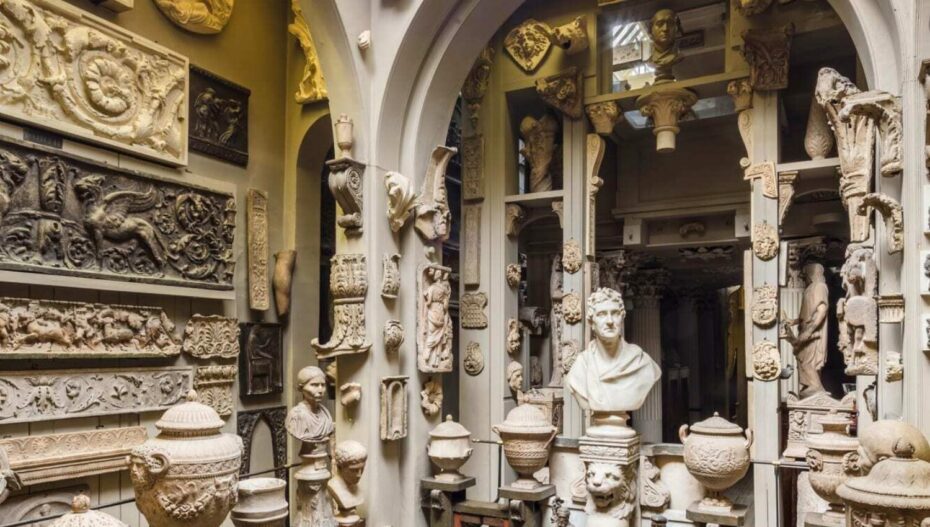
Soane was a great 19th-century architect and the man who inspired Britain’s iconic red telephone box, but his most impressive legacy is without a doubt his own home. Filled with some 40,000 masterfully curated objects from around the world, this was his private architectural laboratory, a truly eccentric and extraordinary place that has been kept exactly as he left it upon his death nearly 200 years ago. A labyrinthine jewel box hiding behind what looks like a fairly austere facade of a Georgian townhouse, even the tiniest rooms are filled with treasure, whether it be his architectural models, sculptures, paintings or an ancient Pharoah’s sarcophagus. You can opt to walk around on your own (entry is free), but if you want to be able to take photographs, sign yourself up in advance for a candlelit tour after hours which gets you a glass of wine and access to some of Soane’s secret archives not normally open to the public (from £20). This is the only time photography is permitted to the public. The museum also hosts monthly evening design talks, listed via the website. Before you leave, the equally well-curated gift shop is well worth stopping into, particularly for the neoclassical jewellery and curiosities.
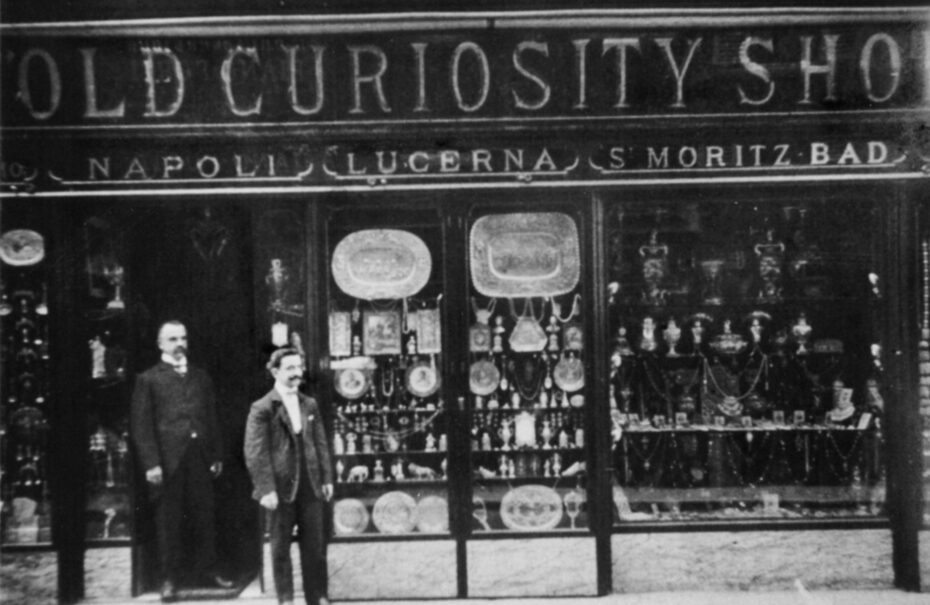
As the centuries rolled on, these private collections began spilling out of their cabinets and into the public eye. Enter the curiosity shop. By the 18th century, these shops started popping up in European cities, beckoning the curious and the credulous alike. They were part museum, part market. The curiosity shop craze crossed the Atlantic and found fertile ground in the burgeoning United States. By the late 19th century, American curiosity shops were in full swing, often blending with the burgeoning sideshow and carnival culture.
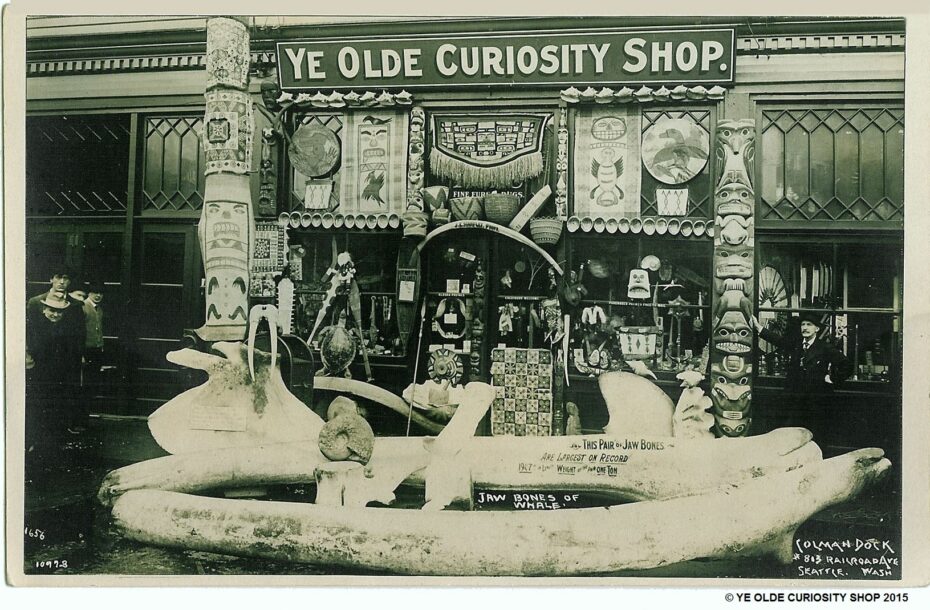
You could find a three-headed chicken next to a collection of peculiar patents, or a haunted doll sharing shelf space with a purportedly cursed gemstone. These shops weren’t just for oddities, though. They became havens for the eclectic collector, offering everything from antique scientific instruments to rare books and mysterious artifacts. The 20th century saw the rise of themed curiosity shops, catering to niche markets like occult enthusiasts, science fiction fans, and more.
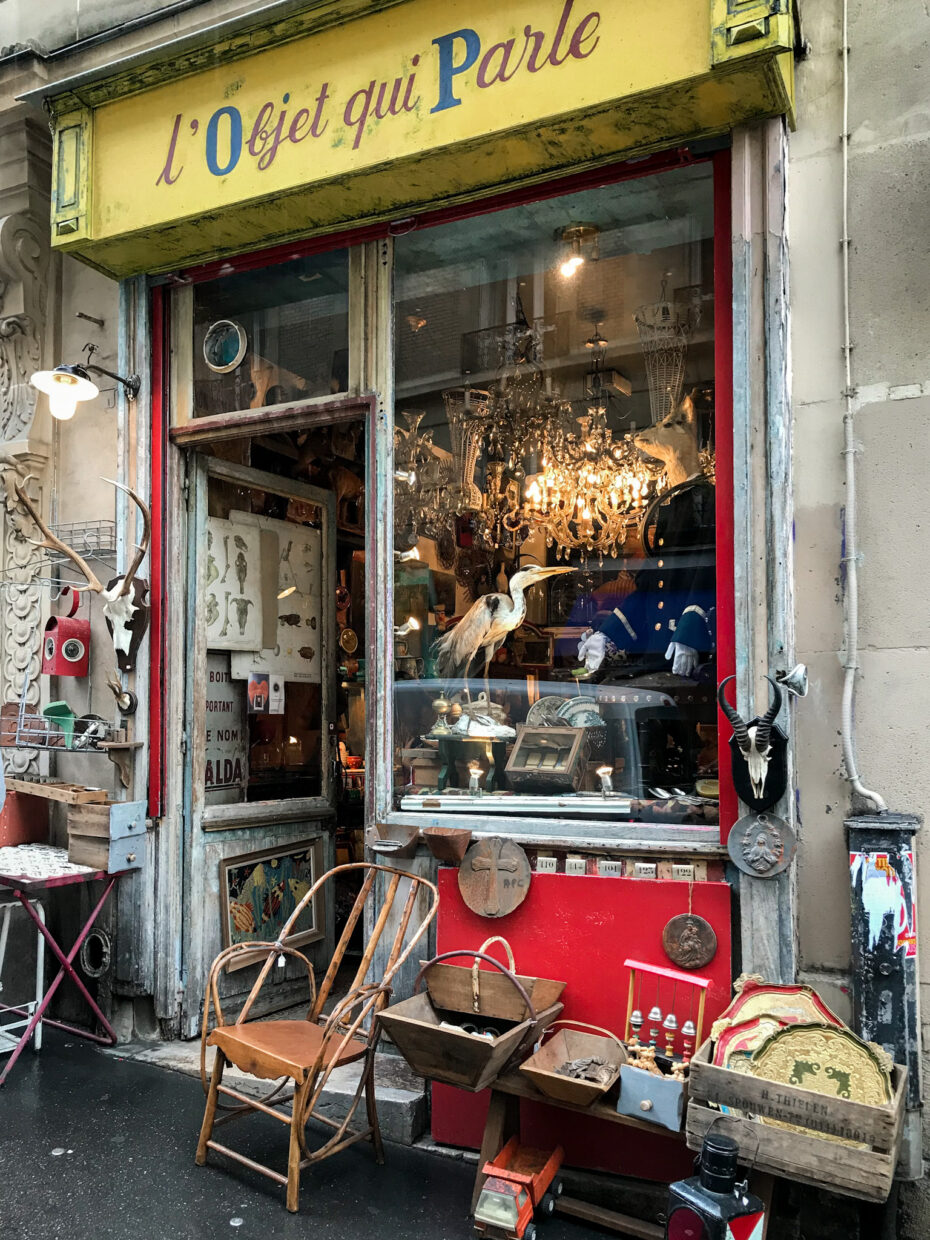
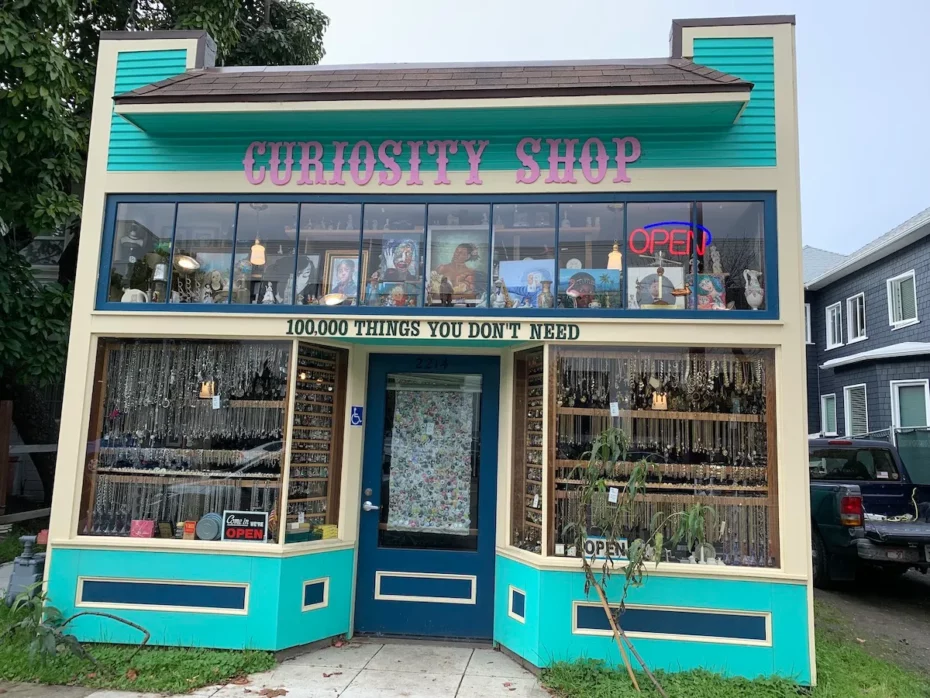
Just when you thought the curiosity shop might fade into the annals of quaint history, they experienced a quirky revival. The counterculture movements of the 1960s and 70s embraced the weird and wonderful, sparking a new wave of curiosity shops. These modern iterations often combined elements of vintage retail with the traditional cabinet of curiosities, offering everything from retro toys to esoteric books and gothic jewelry.
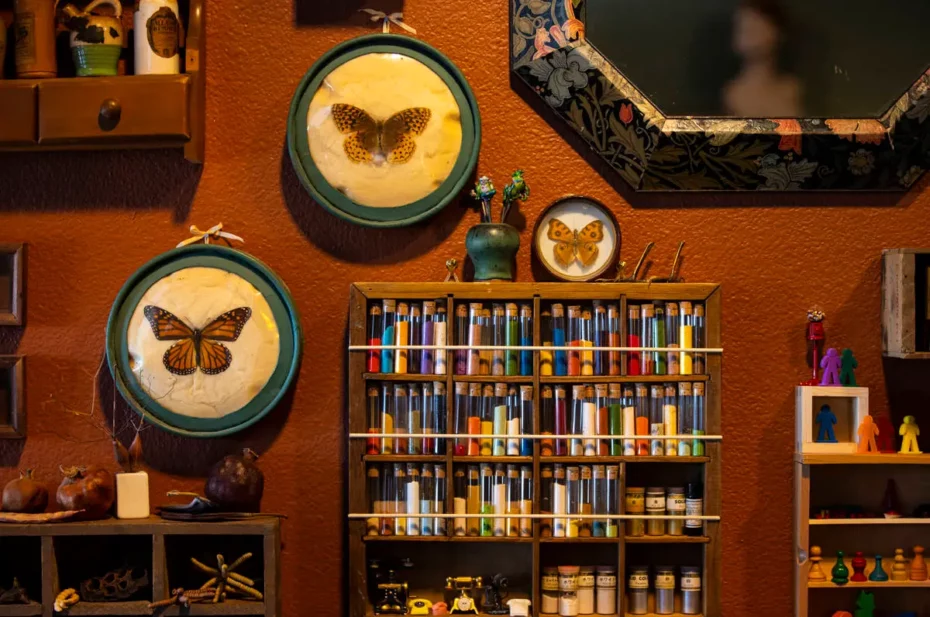
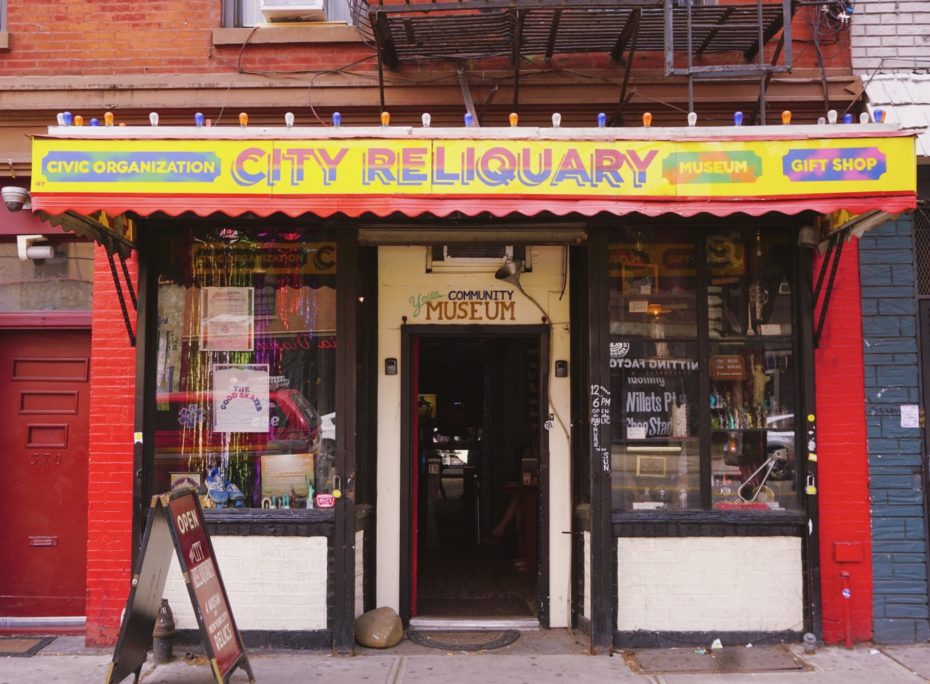
Today, curiosity shops thrive in the nooks and crannies of the internet, with online stores and social media bringing the curious closer than ever to the curio. Etsy and eBay have become digital bazaars for oddities, allowing the bizarre and the beautiful to find new homes worldwide.
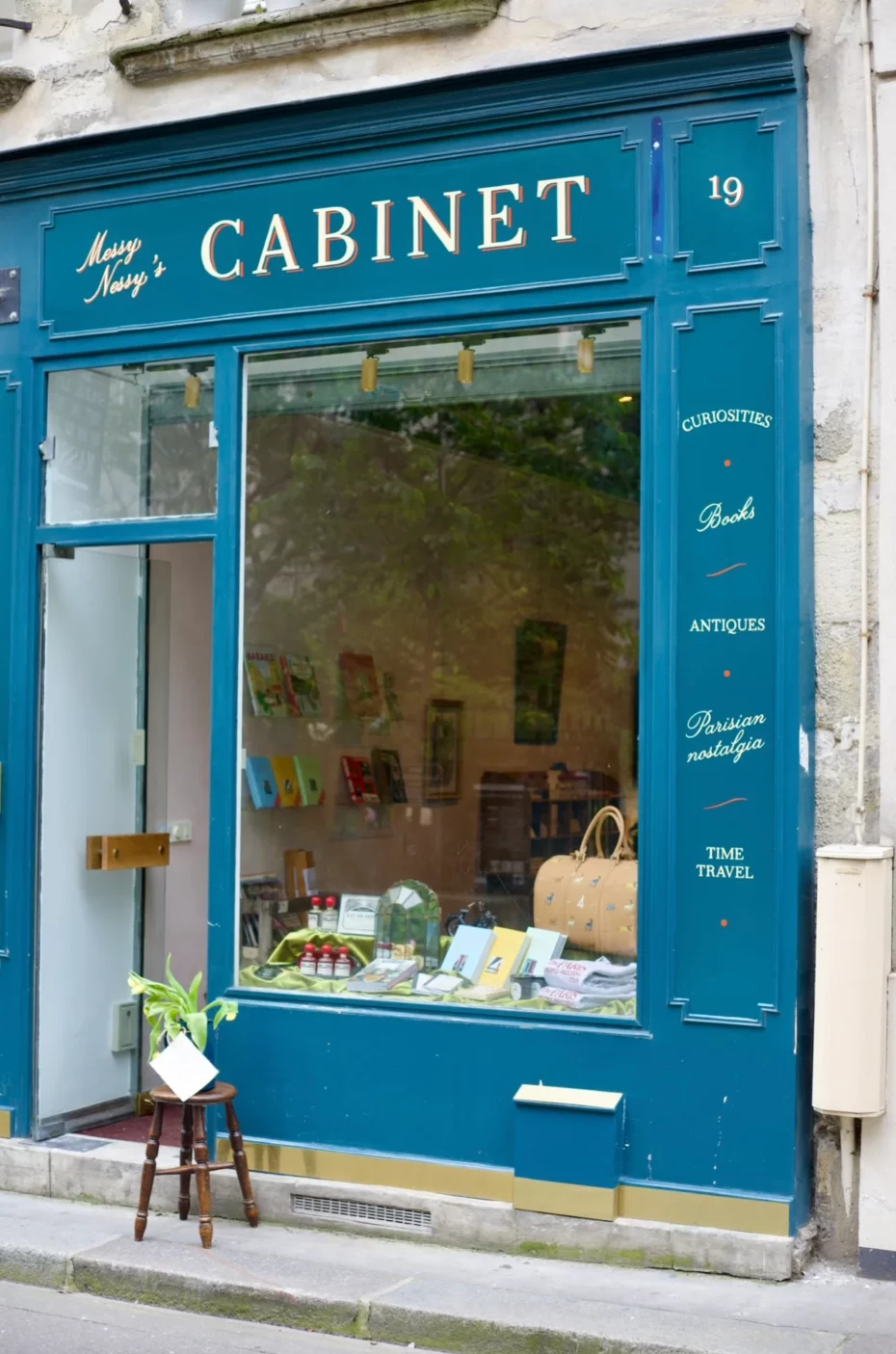
From the tiny used bookstores to the antique dealers of Continental Europe, the curiosity shop takes many forms, and of course, you’ve now got one more to add to the list in the form of Messy Nessy’s Cabinet. Whichever form is your favorite, though, there’s no doubt that curiosity shops are alive, well, and for those who are curious, they’re always waiting.


